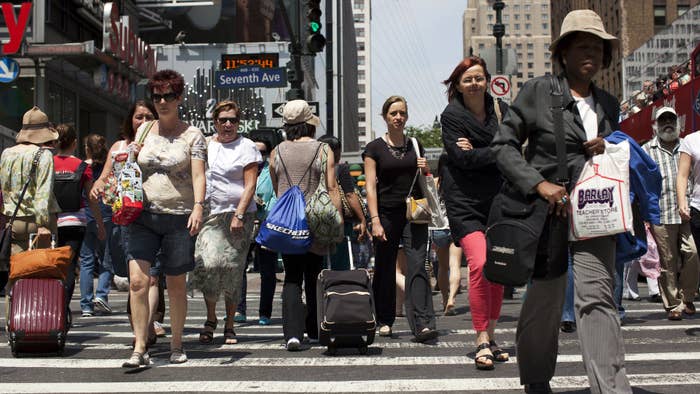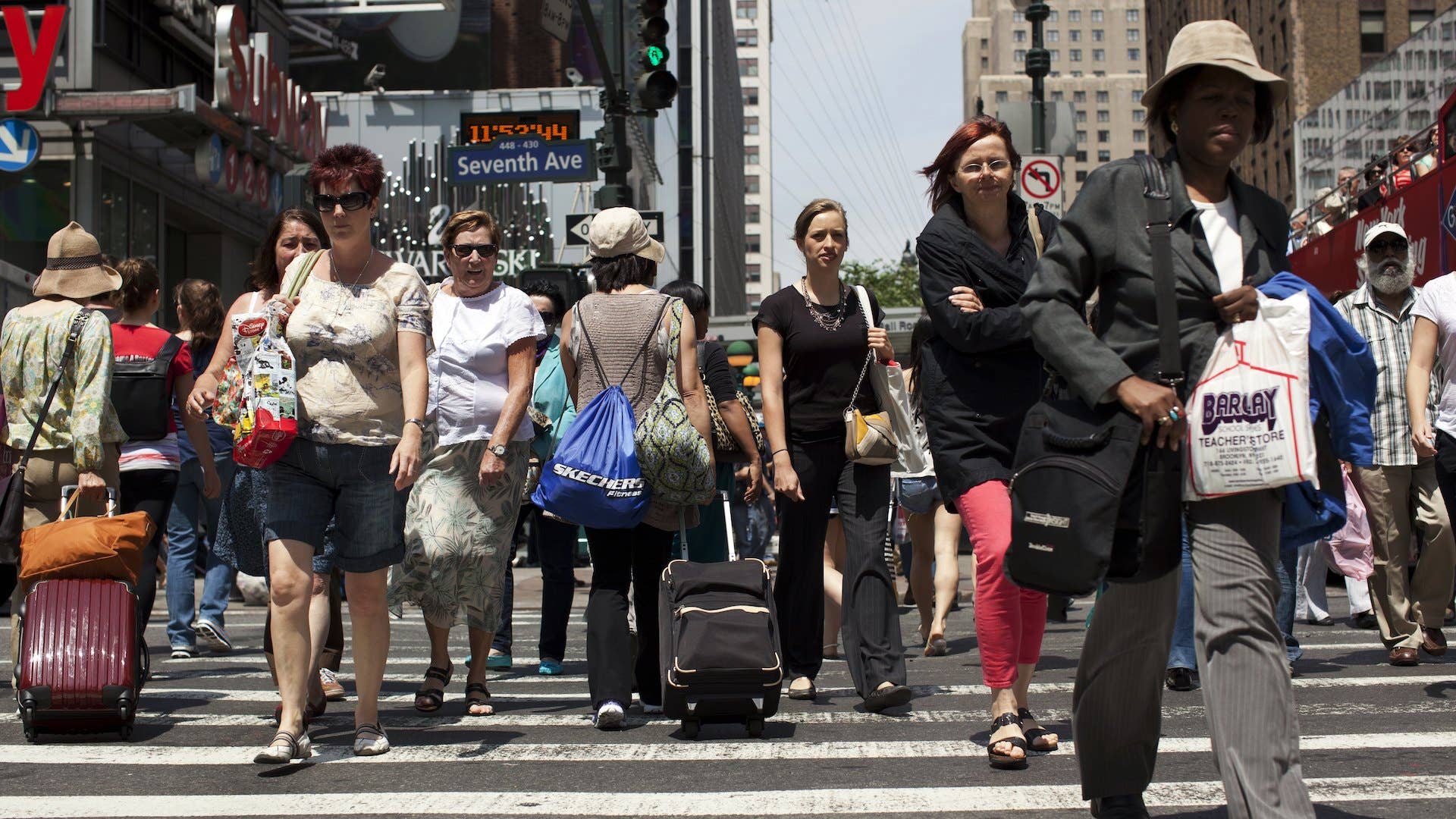
The U.S. 2020 census data shows that the country’s population has seen a boom in diversity, with the number of white people declining for the first time ever.
“Our analysis of the 2020 Census results show that the U.S. population is much more multiracial, and more racially and ethnically diverse than what we measured in the past,” Nicholas Jones, the director and senior advisor of race and ethnic research and outreach in the U.S. Census Bureau’s population division, told CNN.
People of color comprise 43 percent of the total U.S. population in 2020, an increase from 34 percent in 2010. The non-Hispanic white demographic fell by 6 percent from 2020, for a total of 57 percent in 2020—the biggest dip in any race or ethnicity. The group identifying as Hispanic or Latino saw the biggest boost in numbers.
Though the under-18 share got smaller over the last 10 years, it’s become more diverse: non-white U.S. residents who are younger than 18 encompass 53 percent of the population, a rise from 2010’s 47 percent. Additionally, no racial or ethnic group controls the under age 18 group.
The Census Bureau said that while conclusions about race and ethnicity in the current day should be “made with caution,” they are still “confident that the changes we are seeing from 2010 to 2020 in the diversity measures…likely reflect actual demographic changes in the population over the past 10 years, as well as improvements to the question designs, data processing and coding.”
Non-Hispanic white Americans are still the most widespread group in every state except California, New Mexico, Nevada, Texas, Maryland, and Hawaii, as well as Puerto Rico.
“Population growth this decade was almost entirely in metro areas,” Marc Perry, a senior demographer at the Census Bureau, told CNN. “Texas is a good example of this, where parts of the Houston, San Antonio, Austin, Dallas Fort Worth, Midland and Odessa metro areas had population growth, whereas many of the state’s other counties had population declines.”
Most of the nation’s population growth happened in cities. Overall, the U.S. population increased from around 308.7 million in 2010 to 331.4 million, a 7.35 percent gain. The last time the country saw such a slow population growth was 1930 to 1940, during the Great Depression.

